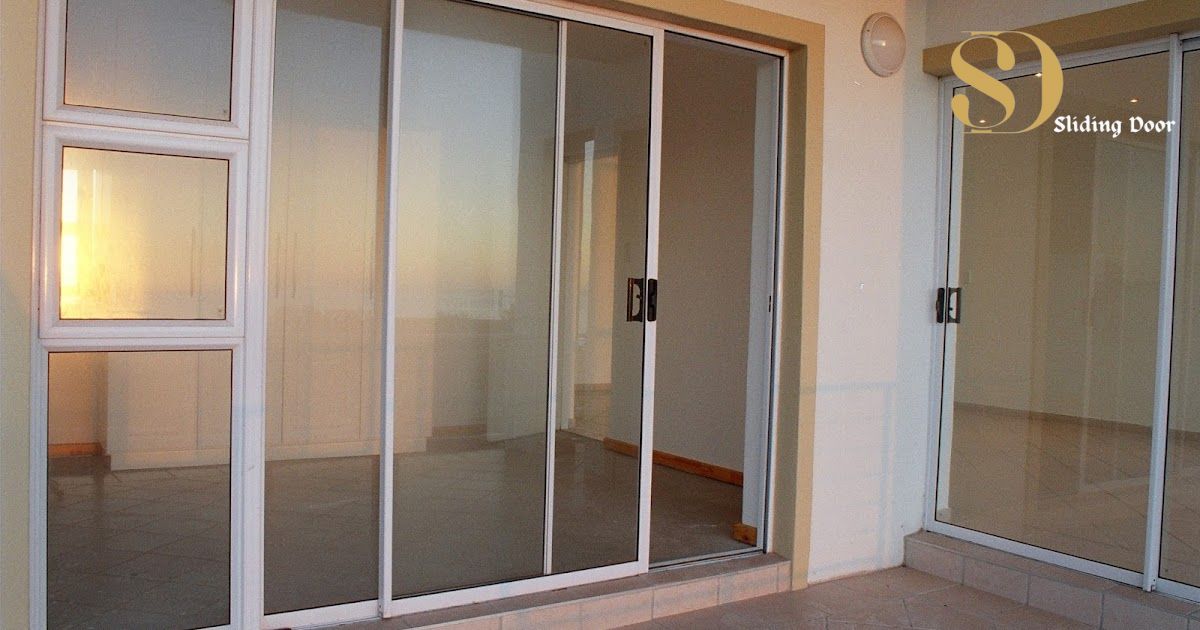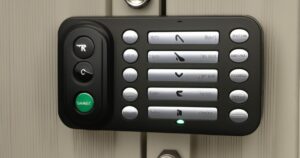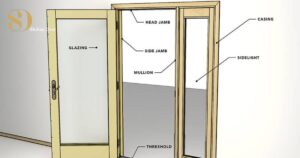Measure the width of your door frame horizontally and the height from the bottom edge to the top. Choose a screen door that matches these dimensions for a perfect fit.
Ever wondered How to measure a sliding screen door? Without any problem. It’s easier than you think. Grab a tape measure, find the width and height of your door frame. You are well on your way to enjoying a fully fitted screen door. Say goodbye to guesswork and welcome the ease of accurate measurement.
Measuring this string is easy. First measure the height of the door frame from top to bottom. Then, measure the width from side to side. Be sure to measure at the widest points. Finally, note the measurements accurately and choose a screen door that matches those dimensions.
What Is The Standard Size For A Sliding Screen Door?
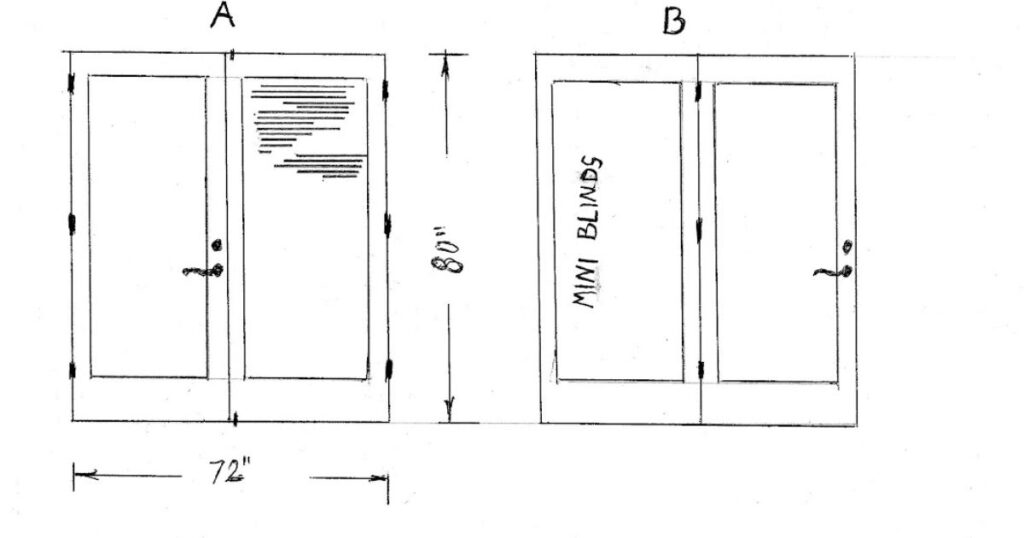
A standard sliding screen door typically measures 36 inches in width and 80 inches in height, making it a popular choice for most residential sliding glass doors. This size offers a common and convenient dimension, facilitating easy replacement and installation of sliding glass doors in homes.
Sliding Screen doors are designed to fit standard door openings, ensuring compatibility with various homes. The standard size allows homeowners to find replacement screens easily at hardware stores or home improvement centres.
Necessary Tools For Measurement
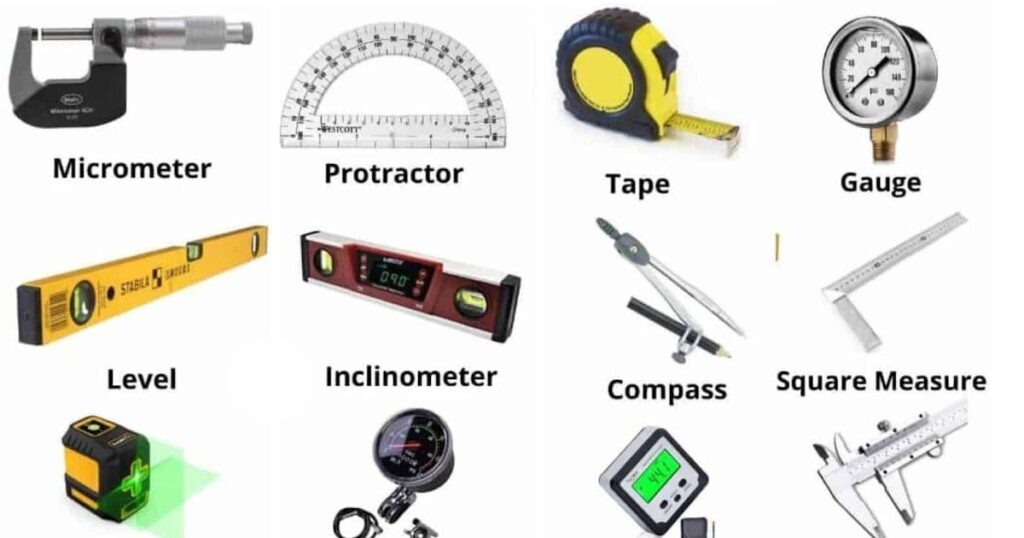
Measurement requires specific tools. A ruler helps measure length. A scale is used to measure weight. For liquids, a graduated cylinder is necessary.
In construction a tape measure is vital. In cooking measuring spoons and cups are essential. The right tools ensure accurate measurements, whether for building or baking. Choose the appropriate tools for the task at hand.
Tape Measure
A tape measure is a flexible tool. It extends and retracts easily. It measures length accurately. Essential for construction and DIY projects.
Pencil and Paper
Pencils and paper are basic tools. Pencil writes and erases easily. Paper captures thoughts and drawings. Together, they aid creativity and organization.
Step Ladder
It has multiple steps. It helps reach higher places. Sturdy and stable for safety. Useful for various tasks at home.
Level
It ensures straight surfaces. It has a bubble for balance. Used in construction and DIY projects. Helps achieve precise and even results.
Safety Gear
It is crucial protection. Helmets shield the head from impact. Safety goggles guard the eyes. Gloves shield hands during work. Wear safety gear for injury prevention.
Height
It is the measure of elevation. It describes how tall something is. Use a ruler or tape measure for accuracy. Heights vary in nature and structures.
Width
It is the measure of breadth. It defines how wide something is. Use a ruler or measuring tape horizontally. Width is crucial in sizing objects.
Additional Measurements To Consider
When measuring, don’t forget about depth and height, not just length and width. Including these dimensions provides a fuller picture. Also, consider factors like weight for a more comprehensive assessment of size.
In some cases, temperature and humidity measurements are vital. For instance, in storing delicate items, understanding these factors is crucial. Taking these extra measurements ensures a more accurate and detailed understanding of the subject.
Tips And Additional Information
When seeking tips and additional information, start by exploring reliable sources. Look for reputable websites, books, or experts in the field to enhance your knowledge and make informed decisions.
Consider seeking advice from experienced individuals who can provide practical insights. Whether it’s for personal development, work-related tasks, or daily challenges, gathering tips and additional information from various sources will contribute to your overall growth and success.
| Measurement Detail | Instructions |
| Width of the Door Opening | Measure the width from the inside of the door jamb at the top to the inside of the door jamb at the bottom. |
| Height of the Door Opening | Measure the height from the threshold or the bottom track to the top inside edge of the upper door jamb. |
| Depth of the Door Track | Measure the depth of the bottom track or threshold where the sliding screen door will be installed. |
| Check for Obstructions | Identify any obstructions, such as handles, locks, or tracks, that may affect the installation of the screen door. |
| Take Note of Door Configuration | Determine if your sliding screen door has a one-piece or two-piece configuration, as this can affect the installation. |
| Consider Mounting Options | Decide whether the screen door will be installed on the inside or outside of the existing sliding glass door. |
| Confirm Frame Type | Check if your existing door has a top-hung or bottom-rolling sliding screen door frame, as this affects the installation. |
| Additional Features | Consider any additional features such as pet doors or special hardware, and measure accordingly if applicable. |
FAQ’S
How do I measure the width for a sliding screen door?
Measure the width at the top, middle, and bottom of the door frame, providing the smallest measurement.
How do I measure the height for a sliding screen door?
Measure from the bottom track to the top of the track, using the smallest measurement for accuracy.
Why is it important to provide precise measurements?
It is ensures the sliding screen door fits perfectly, enhancing both functionality and aesthetics.
Can I use the largest measurements for ordering?
It is recommended to use the smallest measurements to ensure a proper fit for the sliding screen door.
What if I encounter any difficulties in measuring?
If you have trouble measuring, seek assistance or consult the manufacturer’s guidelines for guidance.
Conclusion
Measuring for a sliding screen door is simple if you follow these steps. First, measure the width of the door frame horizontally at the top, middle, and bottom. Use the smallest measurement to ensure a proper fit. Next, measure the height from the threshold to the top of the frame at the left, centre, and right. Again use the smallest measurement for accuracy.
When measuring for the screen door, remember to account for any obstacles like handles or tracks. Measure the width and height excluding these elements for a precise fit. Double-check your measurements to avoid any mistakes, ensuring the sliding screen door will slide smoothly and fit snugly into the frame.
Measuring for a sliding screen door is a straightforward process. Accurate measurements, considering both width and height, are crucial for a well fitted door. Taking extra care to measure at multiple points and accounting for obstacles will help you enjoy a hassle free installation and a functional sliding screen door.

For 8 years, I’ve been working with sliding doors. I know all the ins and outs, from how they’re designed to how they work. I’m here to share my expertise.
